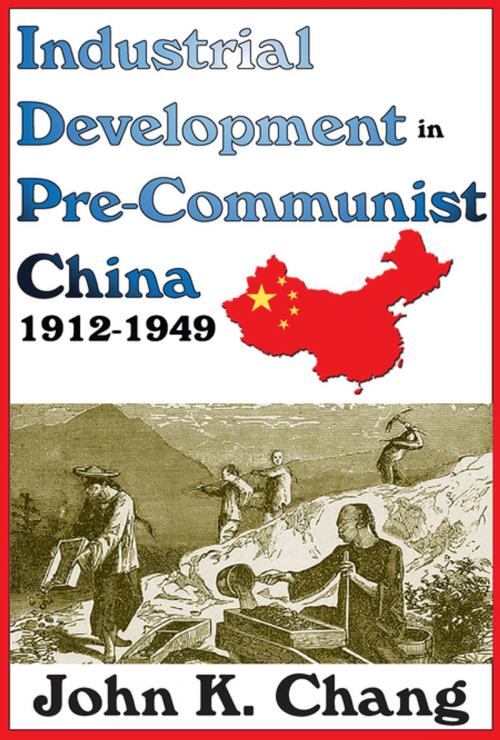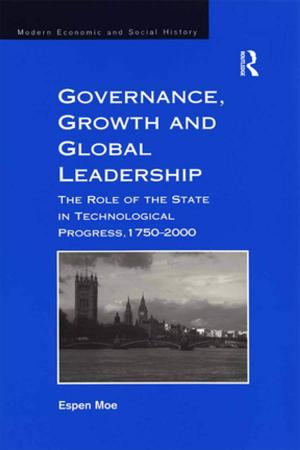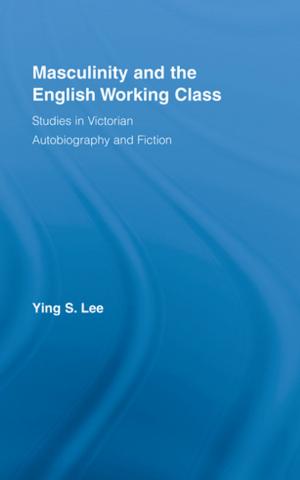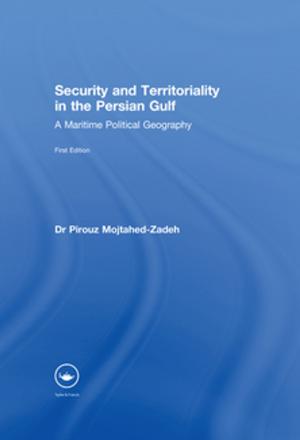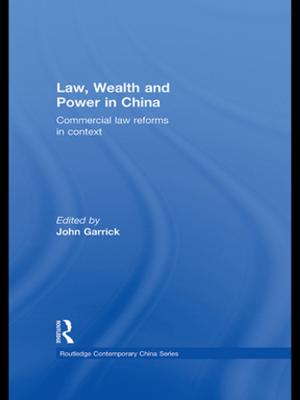| Author: | ISBN: | 9781351512732 | |
| Publisher: | Taylor and Francis | Publication: | July 5, 2017 |
| Imprint: | Routledge | Language: | English |
| Author: | |
| ISBN: | 9781351512732 |
| Publisher: | Taylor and Francis |
| Publication: | July 5, 2017 |
| Imprint: | Routledge |
| Language: | English |
The Chinese economy has been the subject of substantial research in recent years in the United States and abroad. Much has been made of significant strides toward industrial development since the Communist takeover. But it is impossible to understand what has been achieved unless one measures these gains against economic events in the pre-Communist period. This book offers a record of China's industrialization, with its comprehensive statistical analysis of the industrial growth of pre-Communist China.Industrial Development in Pre-Communist China covers the period from 1912 to 1949 and deals with all of China irrespective of changes in political boundaries. For purposes of this study, ""industrial production"" includes mining, metallurgy, manufacturing, and fuel and power; the construction industry is not included. Chang finds that the average annual rate of growth of the modern industrial sector during the pre-World War I period was about 8 or 9 percent, including Manchuria. During the period from 1928 to 1936, under the Nanking Government, political unification was achieved. Peace and order were maintained and the necessary foundations for economic transformation in the post-World War II period were established.At the time of its original publication in 1969, Chang's work represented an important first step toward a comprehensive, quantitative study of the history of China's industrialization and a benchmark against which the Communist achievement can be measured, this work forces reconsideration of widely held views on China's economic and industrial development. An important reference for the study of Chinese history and economics, especially for the Republican period, Chang's work is of continuing value to all Sinologists and to specialists in economic development and economic history.
The Chinese economy has been the subject of substantial research in recent years in the United States and abroad. Much has been made of significant strides toward industrial development since the Communist takeover. But it is impossible to understand what has been achieved unless one measures these gains against economic events in the pre-Communist period. This book offers a record of China's industrialization, with its comprehensive statistical analysis of the industrial growth of pre-Communist China.Industrial Development in Pre-Communist China covers the period from 1912 to 1949 and deals with all of China irrespective of changes in political boundaries. For purposes of this study, ""industrial production"" includes mining, metallurgy, manufacturing, and fuel and power; the construction industry is not included. Chang finds that the average annual rate of growth of the modern industrial sector during the pre-World War I period was about 8 or 9 percent, including Manchuria. During the period from 1928 to 1936, under the Nanking Government, political unification was achieved. Peace and order were maintained and the necessary foundations for economic transformation in the post-World War II period were established.At the time of its original publication in 1969, Chang's work represented an important first step toward a comprehensive, quantitative study of the history of China's industrialization and a benchmark against which the Communist achievement can be measured, this work forces reconsideration of widely held views on China's economic and industrial development. An important reference for the study of Chinese history and economics, especially for the Republican period, Chang's work is of continuing value to all Sinologists and to specialists in economic development and economic history.
